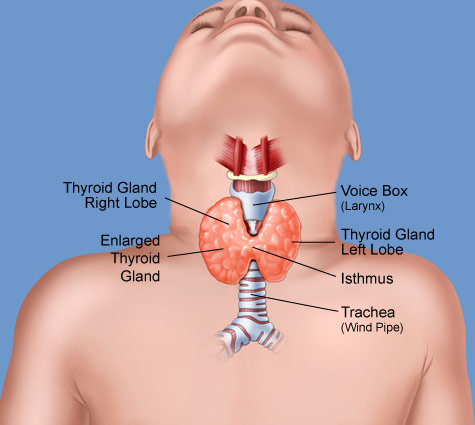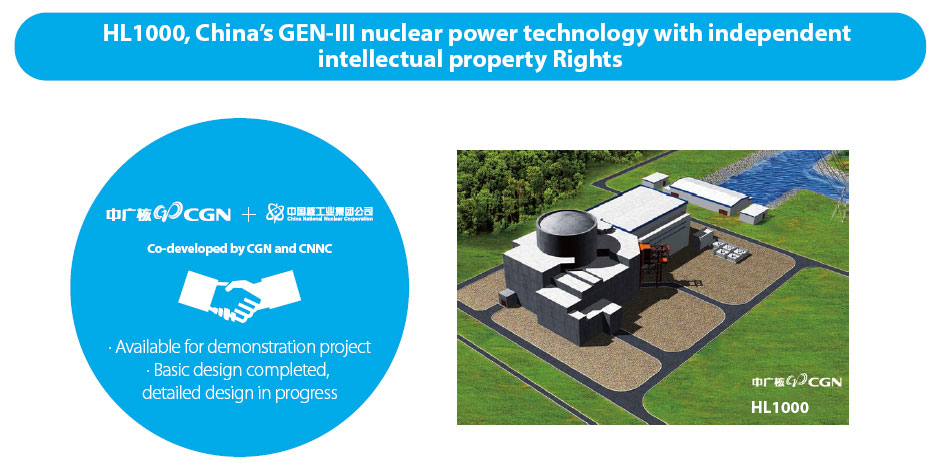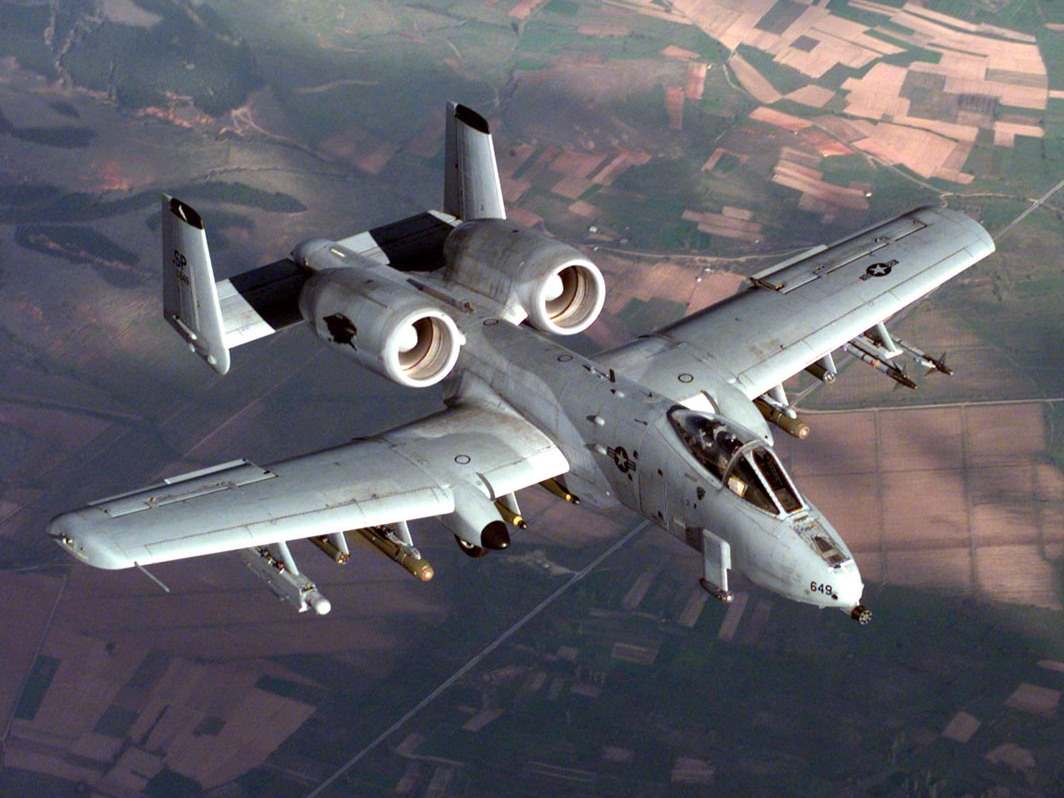
Blog
-
Geiger Readings for October 31, 2014
Ambient office = 127 nanosieverts per hourAmbient outside = 133 nanosieverts per hourSoil exposed to rain water = 119 nanosieverts per hourRomaine lettuce from Central Market = 88 nanosieverts per hourTap water = 56 nanosieverts per hourFiltered water = 52 nanosieverts per hour -
Nuclear Reactors 176 – Agressive Thyroid Cancers in Balarus Connected to Chernobyl Disaster
I have often blogged about adverse health effects of radiation. One of the big problems with exposure to radiation is that there are many other factors that influence health impact. In addition, the radiation is invisible which makes it harder to know about possible exposure. And it can take years for the appearance of any symptoms from radiation poisoning.
I have also blogged about the terrible accident at the Chernobyl Nuclear Power Plant, Ukraine in 1986 while it was under the control of the Soviet Union. “An explosion and fire released large quantities of radioactive particles into the atmosphere, which spread over much of the western USSR and Europe.” There was a recent article about wild boars in Germany with flesh too radioactive to eat. The hogs were contaminated while rooting in ground containing radioactive materials from Chernobyl from the accident that occured almost forty years ago.
Now a medical study by members of the d has discovered that exposure to radioactive iodine released by Chernobyl was associated with an especially aggressive form of thyroid cancer. The survey was conducted on twelve thousand people who were children or adolescents in Belarus when the Chernobyl accident occured. The study was based on diagnoses of thyroid cancer in the twenty years following Chernobyl. As the estimated level of radiation exposure increased, the aggressiveness of the tumors increased. The conclusions of the study suggest that many children and adolescents in the area of the Fukushima March 2011 nuclear disaster are at risk for especially aggressive forms of thyroid cancer. There have been reports of increases in childhood thyroid disease in the vicinity of the Fukushima nuclear power plant following the disaster.
The study also found that exposure to radioactive iodine can cause a wide spectrum of thyroid diseases from the relatively harmless to the very dangerous. In any case, the treatment for any serious thyroid illnesses is to surgically remove the thyroid and to have the patient take pills to replace the hormones produced by a healthy thyroid gland. Taking these supplement pills for a lifetime can be expensive and complicated. Thyroid cancer is usually rare among children and among adults, on average, there will be around thirteen cases per one hundred thousand people. However, there were one hundred and fifty eight thyroid cancers in the sample of almost twelve thousand people in Belarus. This is about one hundred times the normal rate of thyroid cancer. Higher radiation doses were associated with more aggressive cancers that spread to lymphatic vessels.
I posted recently about accepted radiation release levels for operating nuclear power plants in the United States. The companies operating the power reactor report their averages emissions for the year and, as long as the average does not exceed the limit set by the NRC, the reactors were deemed to be operating safely. However, it turns out that when the reluctant companies were forced to release their hour by hour emissions, there was a huge spike in emissions when the reactor was opened for refueling. Among the radioactive materials releases in such spikes was a radioactive isotope of iodine. These is evidence of an increase in childhood leukemia and other health problems downwind of these plants but it was hard to pinpoint because the period of exposure iss brief and most dangerous to pregnant women.
A recent metastudy of naturally occurring background radiation levels and health revealed that there is a close relationship between natural levels of background radiation and health problems related to radiation exposure. In other words, it appears that there is no “safe” level of radiation. Starting from zero background radiation, every increase in background radiation is associated with an increase in cancer, birth defects and other health problems. Bottom line, even nuclear power plants operating within acceptable parameters are not “safe” to those who live nearby.
-
Radiation News Roundup October 30, 2014
Mutations in plants being reported after chronic Fukushima exposure. enenews.com
Further legal challenges have been filed against the US Nuclear Regulatory Commission (NRC) ruling on storage of used nuclear fuel. world-nuclear-news.org
Belgium’s nuclear regulator has outlined a two-step review process for Electrabel’s safety case report for the restart of the Doel 3 and Tihange 2 reactors. world-nuclear-news.org
-
Geiger Readings for October 30, 2014
Ambient office = 116 nanosieverts per hourAmbient outside = 101 nanosieverts per hourSoil exposed to rain water = 110 nanosieverts per hourRomaine lettuce from Central Market = 76 nanosieverts per hourTap water = 83 nanosieverts per hourFiltered water = 72 nanosieverts per hour -
Nuclear Reactors 175 – China Gambles On Public Offering of Stock in State-Owned Nuclear Companies
I have mentioned in previous blogs that the Chinese have made a major national commitment to nuclear power both for domestic consumption and for export of nuclear technology to other countries. I have also mentioned that investors are generally leery of nuclear power as a sound investment. Now these two facts have collided as Chinese nuclear companies are going public.
CGN Power is the biggest state owned nuclear power company in China. It has almost ten gigawatts of generating capacity. CGN will probably be offering three billion dollars worth of shares on the Hong Kong Stock Exchange in November. CGN Meiya Power, an affiliate of CGN Power raised two hundred and sixty two million dollars on the Hong Kong Exchange in September. Since raising that money, the shares in CGN Meiya Power have risen by twenty percent. China National Nuclear Power, another big state owned nuclear company is preparing for an initial public offering of stock. These companies will be joining a small group of companies which offer shares that are either mostly or entirely based on nuclear power. Exelon in the United States and EDF in France are two such companies.
Other countries such as Germany are phasing out nuclear power and the global attitude toward nuclear power is cooling. China halted all new project approval following the nuclear disaster at Fukushima in March of 2011. However, rising demand for power and horrible pollution from coal power plants has renewed China’s commitment nuclear power. The recent and pending IPOs of Chinese nuclear companies are expect to provide funds that will be required to triple Chinese nuclear power generation to about sixty gigawatts by 2020.
While it could be assumed that the fact that the nuclear companies going public in China are state owned would make them a good investment, state ownership may have problems that make investment less attractive. The power generated by CGN Power is sold to state-run electrical grids under regulated tariff arrangements. For nuclear power plants that went production before 2013, the tariff arrangements were supposed to provide for a “reasonable” profit but the net profits of CGN Power have fallen since 2011. For plants that began operations in 2013 or after, there is supposed to be a “fixed tariff.” However, if the power from nearby coal power plants is cheaper than the nuclear generated electricity, then the tariff will be lowered to remain competitive. The odds are high that the cost of coal will be dropping and the tariff arrangement will have to lower nuclear electricity prices which will cut into profits and share prices for the nuclear power industry in China. China may also lower nuclear power prices to help heavy industries that are struggling.
Assumptions of continuing economic growth in China suggest that there will by rising demand for electricity which should help the nuclear power companies. GCN Meiya shares are trading at a greater multiple of earning than either Exelon Shares or EDF shares. However, growth will have to be high in order for GCN Meiya to be able to deliver on its current popularity. GCN Meiya has a huge debt load and only ten percent of the IPO is allocated to paying off the debt.
I think that China is far too optimistic about their ability to triple their nuclear generation without running into major problems such as slower growth or a major nuclear accident. A future major nuclear accident somewhere in the world is virtually certain and would heavily impact nuclear power in China. As I have said often, nuclear power is a bad investment.
-
Geiger Readings for October 29, 2014
Ambient office = 54 nanosieverts per hourAmbient outside = 78 nanosieverts per hourSoil exposed to rain water = 86 nanosieverts per hourYellow bell pepper from Central Market = 91 nanosieverts per hourTap water = 102 nanosieverts per hourFiltered water = 92 nanosieverts per hour -
Radioactive Waste 105 – Potential Use of Depleted Uranium Munitions in the Fight Against the Islamic State
Sometime ago I posted an article about the use of depleted uranium in munitions that were used in Iraq during U.S. military action there. I was immediately attacked by a troll who claimed that there was no evidence that the depleted uranium dust left behind was any threat to human health. We traded a few posts and he said derogatory things about the general accuracy of my blog. I invited him to point out any discrepancies that he found outside of our debate on depleted uranium and said that I would be glad to change anything that he could document as being false. Never heard back from him about that. When I researched him online, I found that he had connections to the U.S. Army and that he was famous for attacking anyone who dared to suggest that depleted uranium was dangerous. Defense contractors are making money from incorporating depleted uranium in munitions not to mention getting rid of low level radioactive waste. The Army has found that depleted uranium munitions are especially effective for some uses on the battlefield. There is definitely institutional resistance to public challenges on the subject of the dangers of depleted uranium dust that can be found in many places now in Iraq.
This blog is a “Here we go again!” about depleted uranium munitions. It has been recently announced that the U.S. is sending depleted uranium munitions to the Middle East. An airplane called the A-10 Thunderbolt has 30mm Gatling guns which can be loaded with 30mm PGU-14B ammo that contains depleted uranium. This ammo is especially useful against armored vehicles such as tanks. These planes have been sent to the Middle East but have not yet been involved in attacks against Islamic State positions but they could easily be assigned such missions.
In 2012, one hundred and fifty five United Nations members supported a resolution to ban the use of depleted uranium in munitions. Only the United States, the United Kingdom, France and Israel opposed the resolution. The United Nations First Committee is now hearing testimony from several countries including Iraq with regard to banning depleted uranium use and studying and removing depleted uranium dust from contaminated areas. A non-binding resolution will be voted on by the Committee this week requesting that nations that have used depleted uranium in munitions provide information about exactly where they were used. So far the U.S. has refused to release this information.
The U.S. military says that it is trying to find alternatives to depleted uranium that would have the same power to penetrate armor, would be safe and would have public acceptance. They have been looking at tungsten but are concerned about possible dangers to public health.
Congressman Jim McDermott (D-WA) has pointed out that there has been an increase in childhood leukemia and birth defects in Iraq since the Gulf War and the 2003 invasion of Iraq by the U.S. He also raised the concern that depleted uranium has negatively impacted the health of soldiers who have served in Iraq. McDermott questions the further use of depleted uranium munitions until the U.S. government conducts thorough research into the health effects of depleted uranium dust.
Depleted uranium is classed as a Group 1 Carcinogen by the World Health Organization and there is extensive documentation of health damaged caused by depleted uranium dust. The depleted uranium dust left after depleted uranium munitions are exploded is blown around by the wind, entering the soil and the water in the area. Contaminated pieces of scrap metal are used by people for cooking pots or toys for children.
The U.S. military should immediately ban the use of depleted uranium in any munitions, research the effects of depleted uranium on human health and work to clean contaminated areas in Iraq.
A-10 Thunderbolt:
-
Radiation News Roundup October 28, 2014
Doctors in Japan being threatened for linking illnesses to Fukushima. enenews.com
Plant emergency declared at U.S. nuclear facility because uranium gas was released. enenews.com
Three US states have launched a legal challenge to the Nuclear Regulatory Commission’s (NRC’s) recently approved final rule on storage of used nuclear fuel after reactors have closed. world-nuclear-news.org





